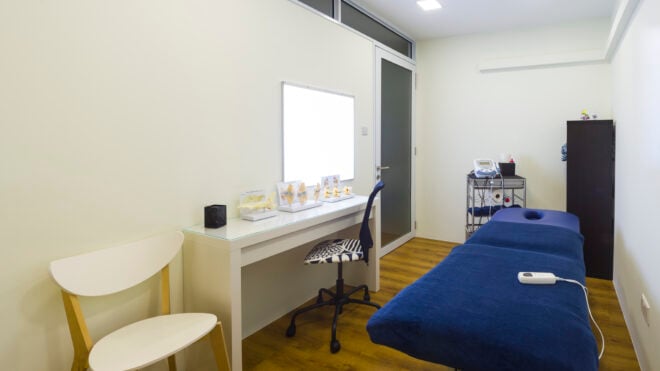If you or your kids have ever had chicken pox, you've probably heard some nervous whispering about shingles.
The painful skin condition is related to the itchy chicken pox usually associated with childhood, but for many people, this painful skin rash is much harder to deal with.
And while almost a third of people will develop shingles at least once in their life, many still don't know what to watch out for, or how they can contract it in the first place.
Knowing what to look out for, and what your risks are, will give you an extra leg up on this painful and unsightly disease.
Shingles is dreaded because of the pain and irritation of the rashes, as well as because it mars our appearance. And even if you're not the vain sort, having any kind of skin condition can be a blow to your self-confidence, even one that isn't painful like vitiligo, but that can still draw stares and snide comments.
But the good news is that shingles is treatable and, in many cases, preventable thanks to a vaccine given to people between the ages of 50 and 80. There are also medications available to soothe attacks.
Read on to find out what shingles is, and what you can do should a painful rash suddenly appear on your face or chest.
What Are Shingles?
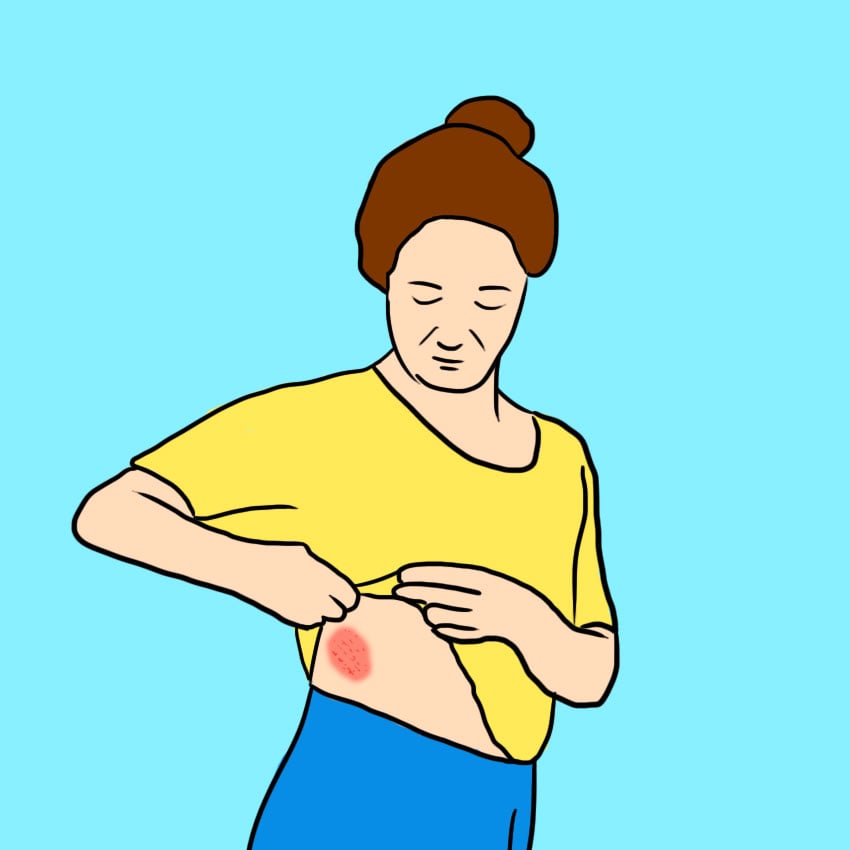
Shingles, technically known as herpes zoster, is a viral disease of the skin most known for a painful, raised, and red rash with blistering and nerve pain. The nerve pain can be long-lasting and very unpleasant.
It's caused by the varicella zoster virus (VZV), which is also responsible for chicken pox.
Chicken pox happens on initial VZV infection, and the virus then lies dormant in the body, where it can reactivate later in life as shingles, a more painful version.
Don't the name "herpes" freak you out, either. While VZV is in the same family as the herpes simplex virus, it's not the same thing.
What Are The Risk Factors Of Shingles? Risk #1: You're Over 50
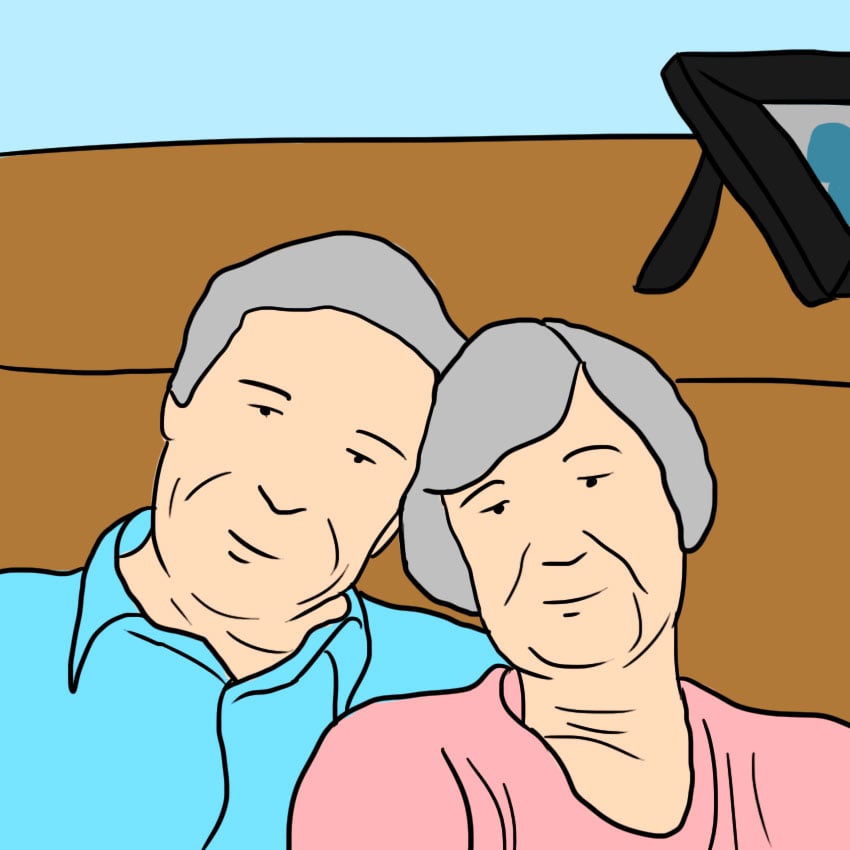
People over 50 are at the highest risk of getting shingles, and the risk continues to increase with age.
This is because as we age, we become more susceptible to infection, and the dormant virus can resurge.
Luckily, there's a shingles vaccine recommended for people over 60, which can cut your chances of getting shingles in half.
Risk #2: You've Had Chicken Pox
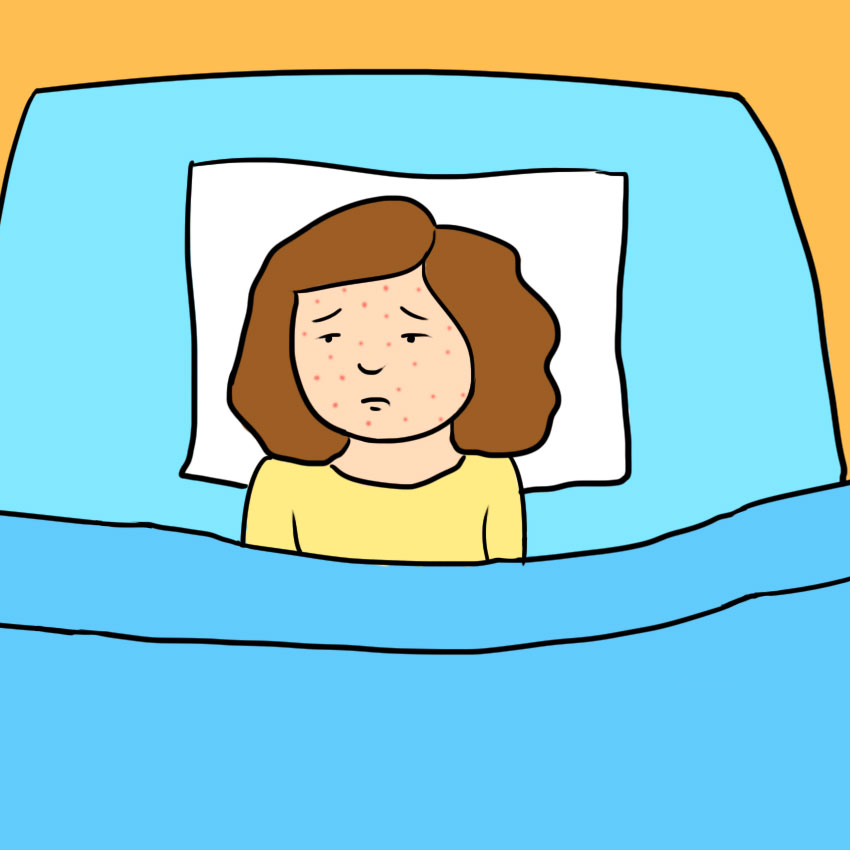
Shingles is like the horrible, evolved form of chicken pox, because they're both the result of VZV.
Chicken pox appears when you first come in contact with the virus, and shingles appears later in life as the virus has lain dormant in your body.
If you've had chicken pox, and most of us have, then your body is still harboring VZV, putting you at risk for shingles.
This is especially true if you've had chicken pox before 18 months of age.
Risk #3: You Have A Weakened Immune System
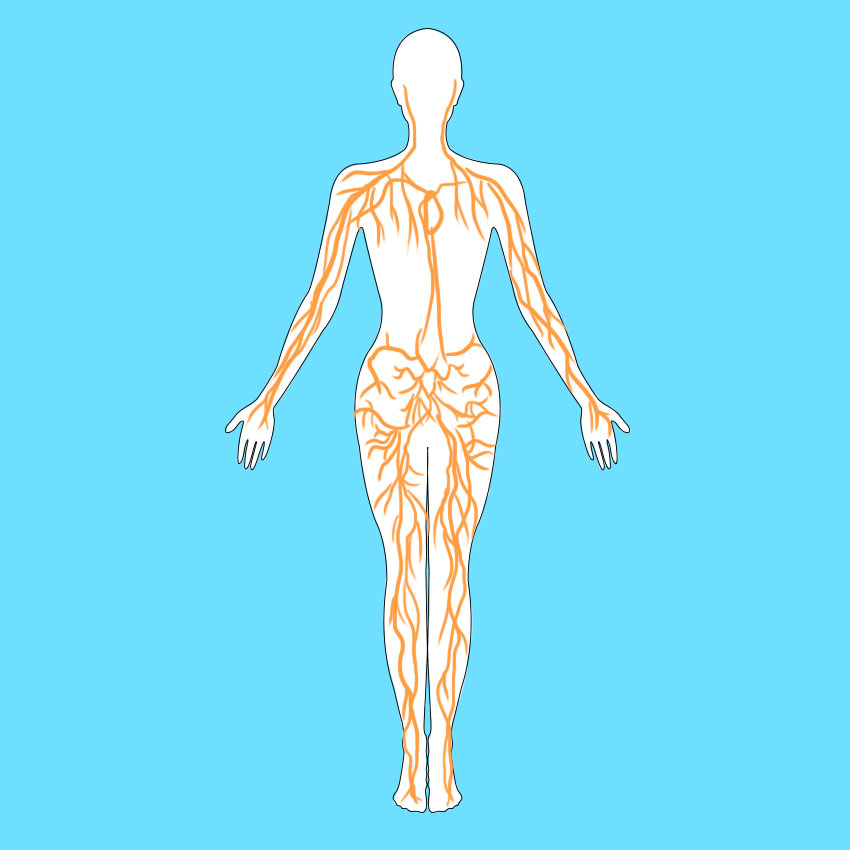
A weak immune system due to either age or medical issues can also increase the risk of a shingles outbreak.
Normally, your immune system keeps viruses, including dormant ones, in check, so a weaker immune system can make it easier for VZV to become active in the body again.
Risk #4: You're Experiencing Stress Or Trauma
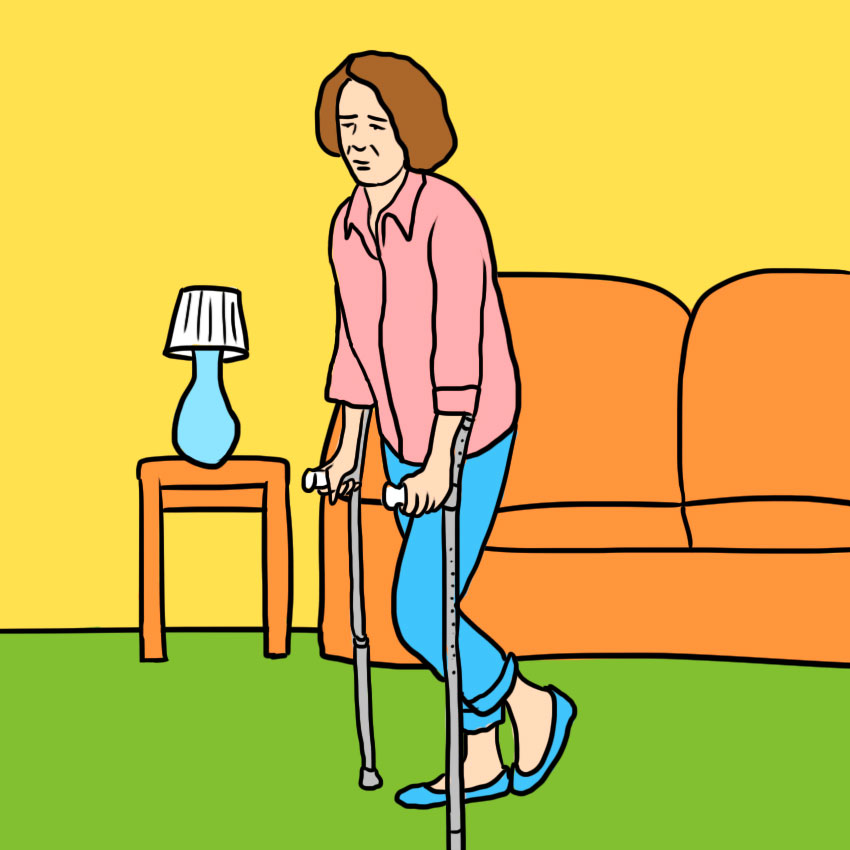
Just like age can slow down your immune system and leave you open to infection, having your body preoccupied with other issues can also increase your risk of a shingles outbreak.
If you're recovering from an injury or illness, or facing another medical stress, your body may not be as good at keeping the VZV in your body inactive.
What Are The Symptoms Of Shingles? Symptom #1: Cold- Or Flu-Like Symptoms
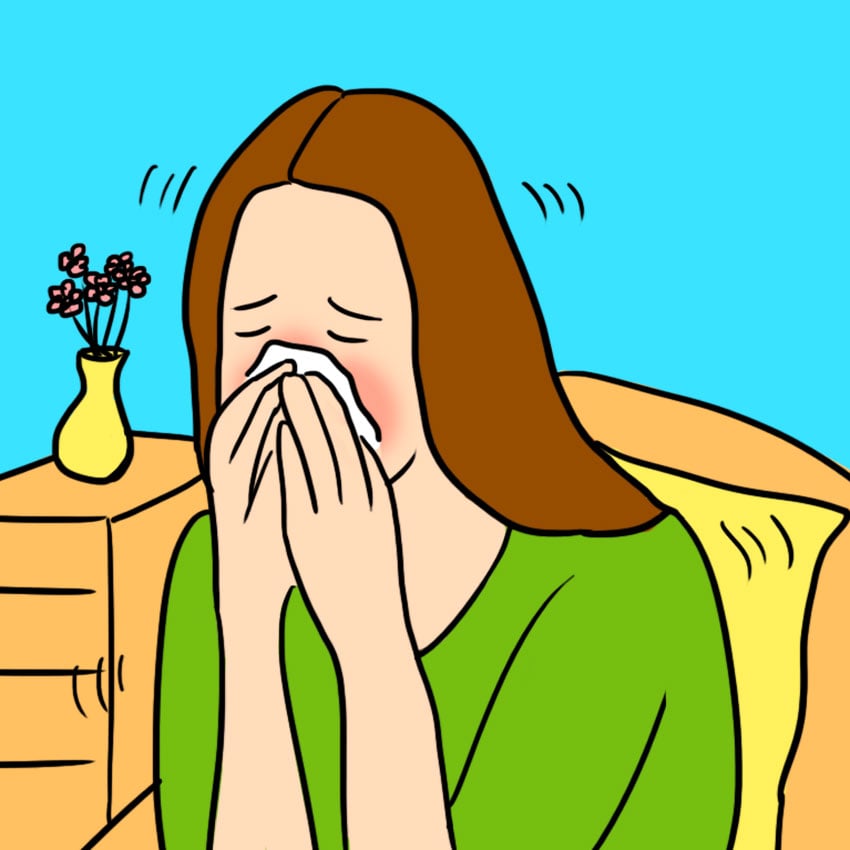
Most people think that a rash is the first sign of shingles, but it's not!
The first symptoms of shingles are actually cold-like symptoms, like aches, chills, and congestion, but without a fever.
Most people only realize they have shingles when they see rashes on their skin, but in reality, the infection has started long before that.
Symptom #2: Pain Under The Skin

Before the rash actually appears, many people experience stinging, burning, itching, or other pain that seems to come from just under the skin, but with no visible marks on the skin's surface.
Shingles doesn't just affect the skin, but the nerve endings under the skin, too, and some people develop post-herpetic neuralgia (PHN), a painful nerve complication.
Symptom #3: Rashes And Blisters
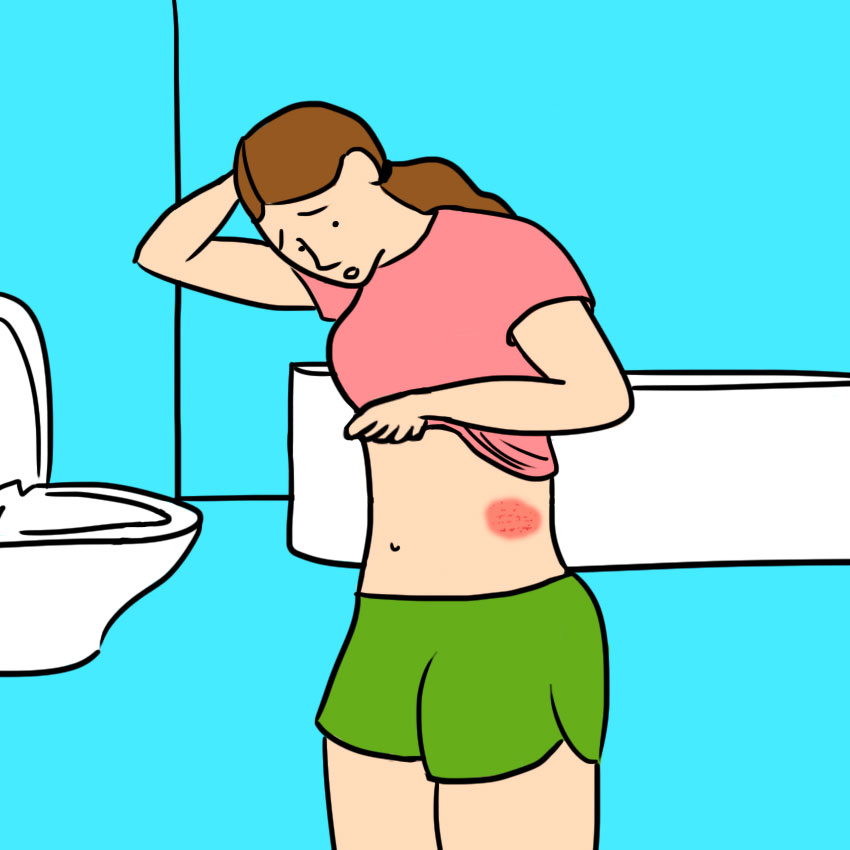
Shingles rashes usually appear on the torso, typically on one side. They are red and raised and can blister.
Rashes can also appear on the face. If you find a shingles rash on your face, especially near your eye, see a doctor immediately.
If left untreated, shingles rashes near the eye can lead to vision loss.
How Can I Treat Shingles? Remedy #1: Don't Scratch!
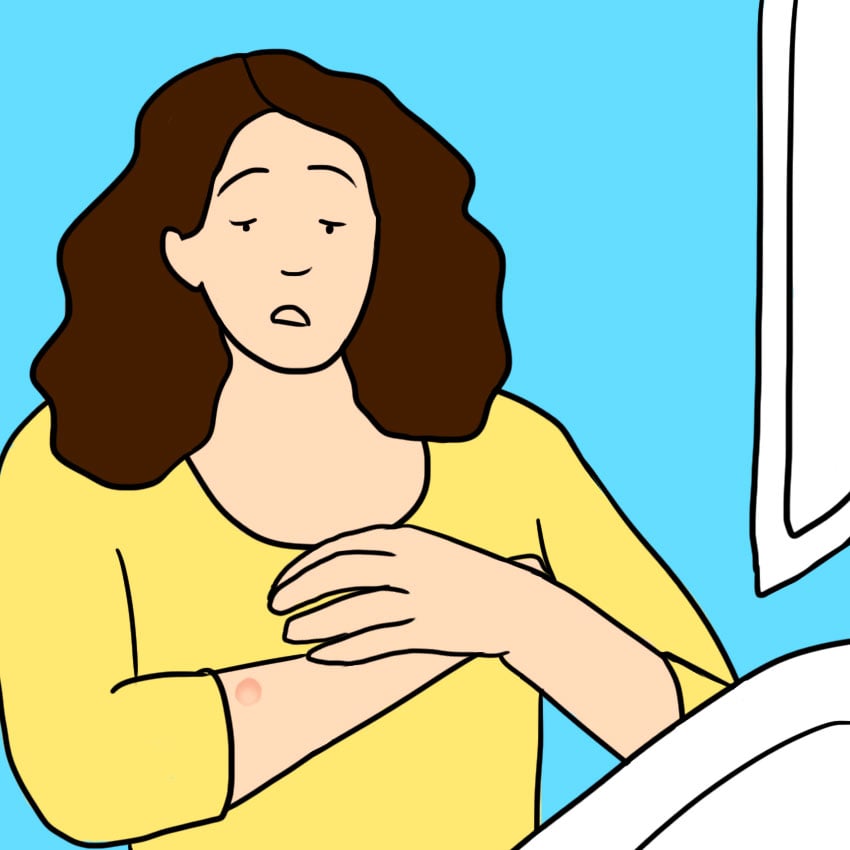
Going to the doctor for medication is the best thing to do for shingles, but there are other steps you can take at home to lessen and soothe the pain and aggravation of shingles.
First order? No scratching! You might remember that from having chicken pox, and it still applies.
Scratching blisters and rashes can lead to infections.
Remedy #2: Take An Oatmeal Bath
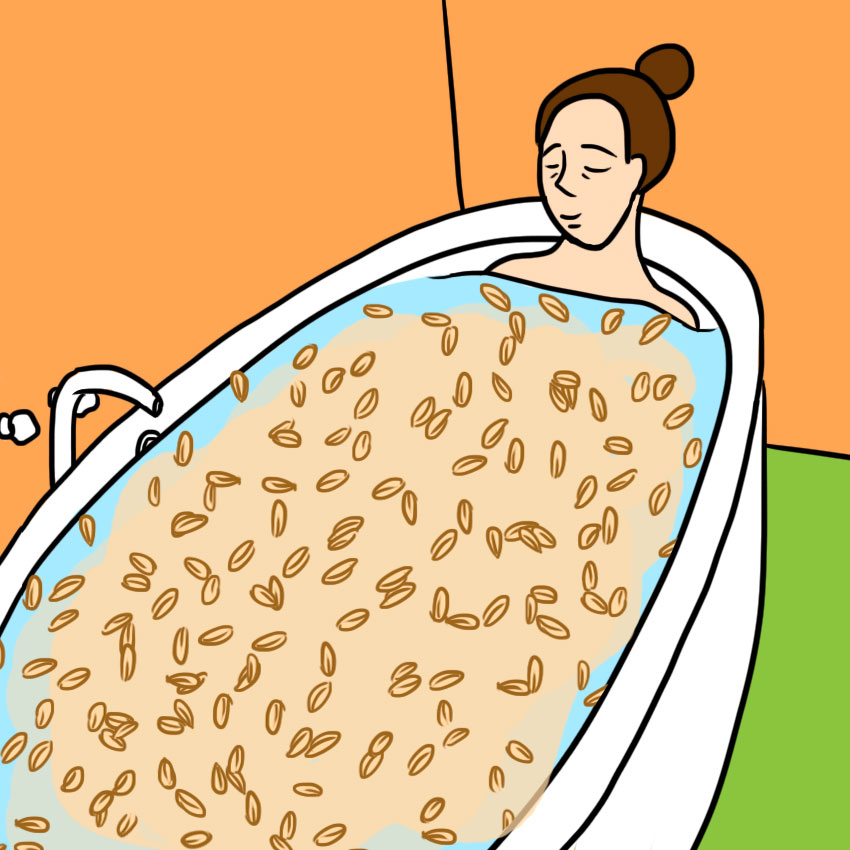
Oatmeal is great for soothing and softening the skin, and it's a favorite go-to for itchy and painful rashes like chicken pox or poison ivy.
You can do it the old-fashioned way and dump regular oatmeal into your tub (just keep it out of the drain), or buy an oatmeal bath product.
Epsom salts are also a good soother, or combine the two! Just be sure to use room-temperature or lukewarm water. Hot water can further irritate the skin.
Bathing with cool water is recommended for shingles, and be sure to wash your towels after using to keep the virus from spreading.
Remedy #3: Dab On Some Apple Cider Vinegar
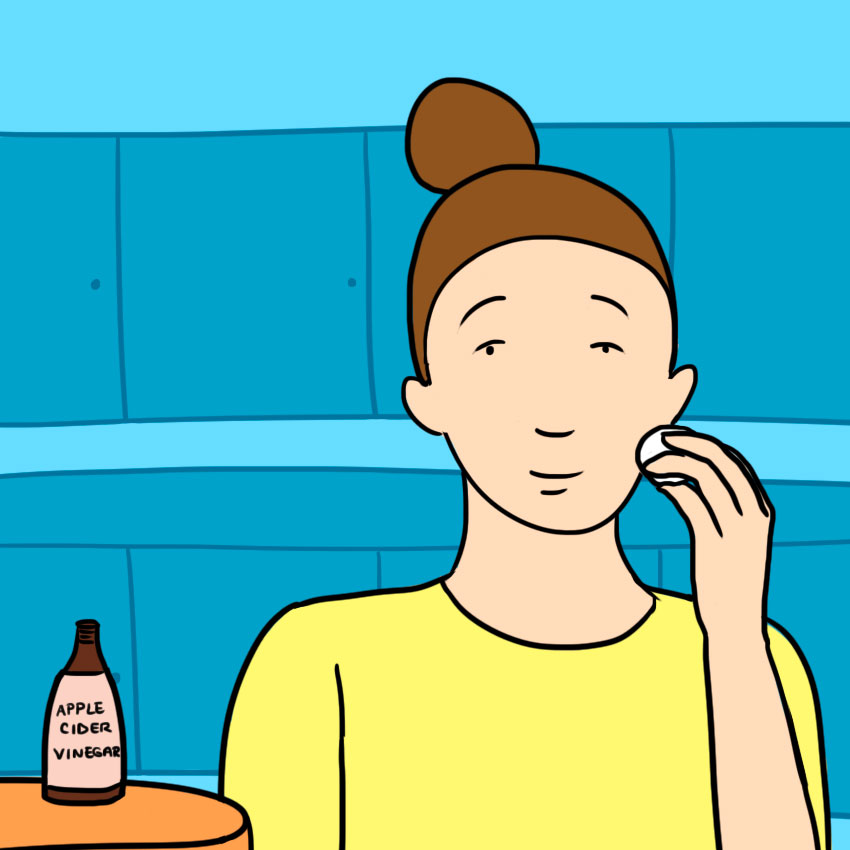
Apple cider vinegar is really wonderful stuff, and it can also soothe the irritation brought on by shingles rashes.
It has both antiviral and antibacterial properties, so it can even cut down on the virus' activity and ward off infections.
Dilute half a cup of vinegar in two cups of water, and apply the mixture to the affected areas with a cotton ball.
You can also use aloe vera gel, raw honey, and/or baking soda paste to sooth rashes.
Remedy #4: See A Doctor
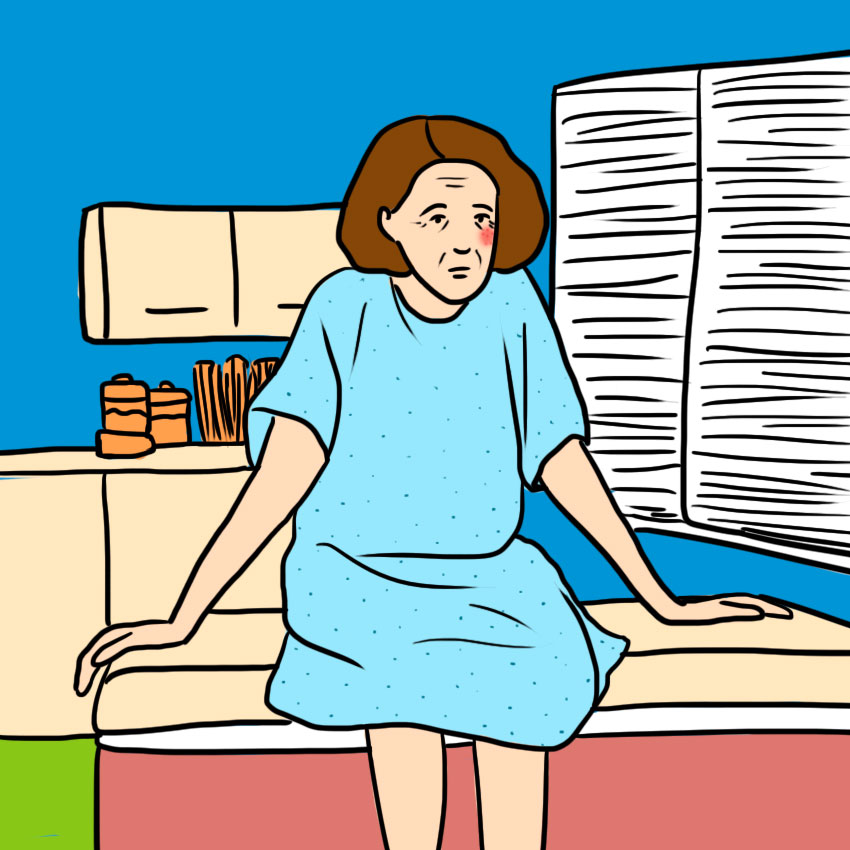
A doctor can prescribe medications and treatments for combatting the virus itself.
It's also important to see a doctor immediately if a shingles rash appears near the eye, as this needs to be treated quickly and aggressively to prevent eye damage.
Doctors can also prescribe pain-relieving medications and help manage any nerve issues like PHN. If you're 60 or over, look into getting a shingles vaccine, too.
SHARE this important health information with anyone who has had chicken pox!


